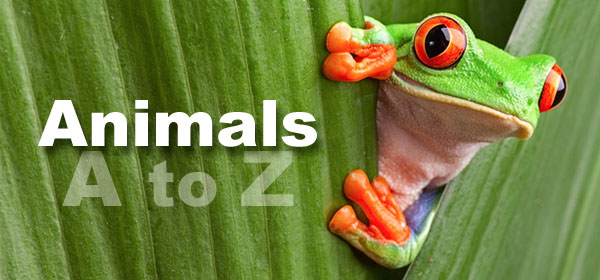Senior Mammal Keeper, Meghan
Hi everyone, I’m Meghan, the senior mammal keeper here at Wingham Wildlife Park. I thought there would be no better topic for my first blog than introducing you to our 4 newest additions to the mammal section. They have very quickly become a favourite among us keepers and I’m sure you will love them too.
Some of you may have already seen our 4 capybara girls up on the lake but by the end of this blog I hope that you will feel like you have known them for years!
The capybara is the largest species in the rodent family. You may not believe us when you see our girls, but this is because they are still young and growing. They are approaching 5 months old now and once fully mature can reach lengths of up to 4.5 feet!
The hard part was coming up with 4 beautiful and authentic capybara names. Since they are native to South America, we came up with the idea of naming them after amazonian rivers. Therefore, let me introduce you to the girls.
Marie
First up we have Marie.
Currently Marie is the largest of the bunch. And she is usually the first one over for food.

Jari
Next up we have Jari. Now, Jari does look very similar to marie, but she is slightly smaller and lighter in the face.

Papuri
Next we have Papuri. Papuri has a very light cream coat and is the most shy.

Rio
And finally we have Rio.
Now Rio is the easiest to tell apart. She is distinctively smaller than the others and a lot darker too.

Distribution and Adaptation
So, the capybara (Hydrochoerus hydrochaeris) is a large rodent native to South America. Typically, you would find them in forested areas close to large bodies of water. This is because they are semi-aquatic animals that have adapted well to life in the water. An example of these adaptations would be their webbed feet, which helps with their mobility in water. As their nose, eyes and ears are all on the top of their head, their body can submerge underwater while they keep an eye out for predators. If they need to, they can even dive underwater for 5 minutes without needing to take a breath.

Diet
The capybara is an herbivorous species meaning they only feed on plant material. In the wild the capybara would eat grasses, berries, fruits, bark, and aquatic plants. In the park we try to provide them with the best possible diet to make sure they are getting all their necessary nutrients to stay fit and healthy.
We provide a mixture of leafy greens, root vegetables and browse in their daily feeds as well as a capybara pellet filled with vitamins and minerals to support good health in captive capybaras. The girls are very food motivated and will never turn down a sweet potato.

Threats
In the wild the capybaras are naturally hunted by jaguars, caiman, anacondas and ocelots. According to the IUCN Red List, the capybara has been listed as Least concern, however they do face some challenges. Unfortunately, the capybara’s natural habitat is being destroyed for human use. Forests are being cut down and wetland are being transformed into crop fields. They are also being hunted excessively for their meat and hide. By protecting the capybara from needless hunting and helping to conserve their habitat, hopefully the capybara will be around for many more years to come.
I hope you’ve enjoyed learning a little bit about our capybaras. Keep an eye on our social media for future details on capybara experiences. In the meantime enjoy this video of Marie having some belly scratches.


